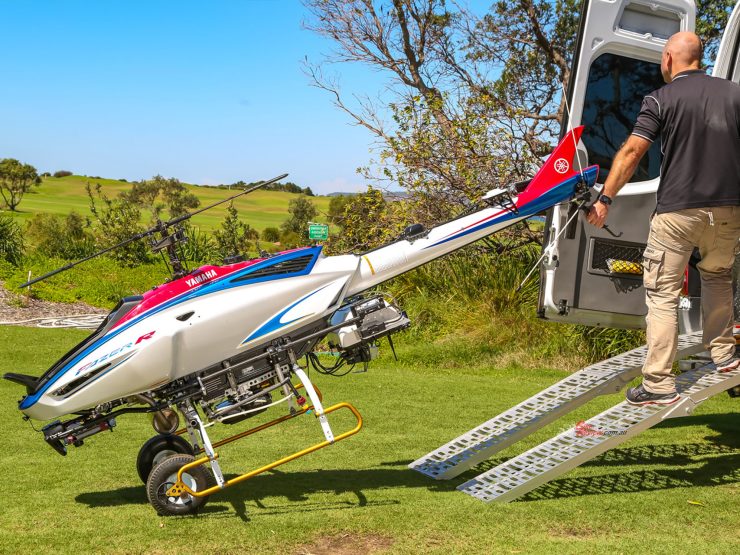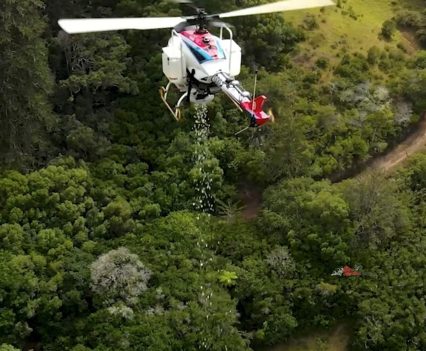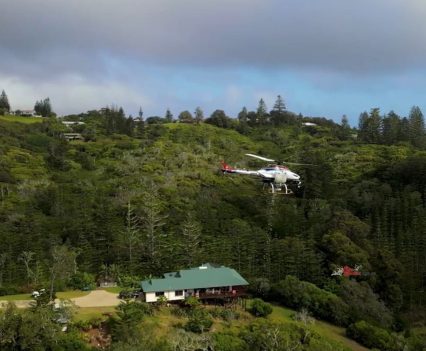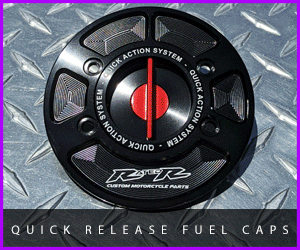Yamaha’s Unmanned Helicopters At Work In Aussie Skies
Various parts of Australia are facing damage to local biodiversity and agriculture due to invasive ants introduced from overseas, and Norfolk Island, a small but beautiful island located in the South Pacific Ocean, is one of these places. Yamaha Australia is helping the cause with their unmanned helicopters!
Argentine ant colonies throughout the island are not only threatening its endemic ecosystems but also raising concerns about health hazards. This is what led to aerial distribution of hydrogel ant bait using Yamaha Motor’s industrial-use unmanned helicopters, and the success of this pest control solution is drawing attention from other regions tackling similar problems.
Check out more Yamaha MotorLifePassion stories here…
Norfolk Island sits in the South Pacific Ocean about three hours east by plane from Sydney and is home to some 2,200 people. Operating in the skies above the scenic island as a pest control solution is Yamaha Motor’s automatic flight-capable FAZER R industrial-use unmanned helicopter, dropping bait from the air to eradicate the population of harmful Argentine ants.
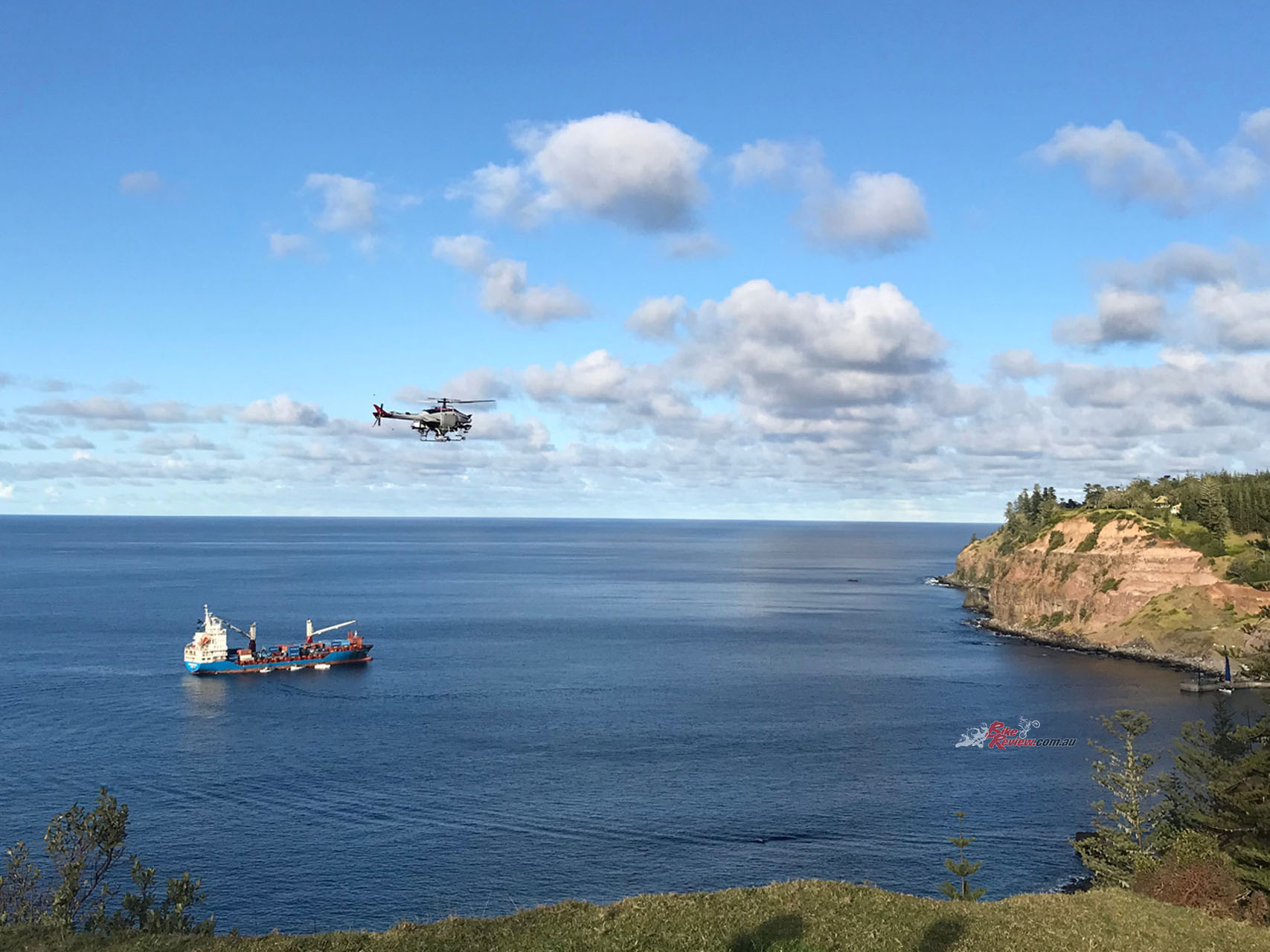
Argentine ant colonies are not only threatening its endemic ecosystems but also raising concerns about health hazards. This is what led to aerial distribution of hydrogel ant bait using Yamaha Motor’s unmanned helicopters.
”The general understanding is that Argentine ants were first found here in 2005 and started to become a serious problem as the ant population exploded,” says Natsumi Mori of Yamaha Australia’s Sky Division. The damage brought by the invading species has been widespread, from affecting endangered birds native to the island and preying upon the island’s ants to tending to crop pests like aphids and even mass-invasions of houses and hotels. In the past, island residents would carry sprayers on their backs and try to exterminate the ants, but the effectiveness was limited.
Then, following the recommendation of a research institute, regular aerial eradication flights began in 2018 with unmanned helicopters. Argentine ants are believed to have originally made their way to the island aboard cargo, and once they snuck into gardening supplies sold throughout the island, their infestation quickly reached every shore.
“It’s believed that these harmful ants are breeding across some 495 hectares of the island,” says Mori. “We divided this area into 16 zones and started the eradication program about four years ago, and in the zones where distribution of the ant bait was completed, we have basically confirmed complete extermination.” Yamaha Motor plans to continue aerial ant treatments of the remaining colony zones over the next few years, and to continue monitoring eradicated zones to prevent any resurgences.
The success seen on Norfolk Island has also begun drawing attention from other regions burdened with similar challenges. On Christmas Island near Indonesia, several species of aggressive ants increasingly attack and eat the Christmas Island red crab, one of the prime tourist attractions on the island, and there is also growing concern about the hazards posed by foreign ant species in the state of Queensland on Australia’s mainland. These areas have thus begun examining the use of industrial-use unmanned helicopters to address their own issues with pest control.
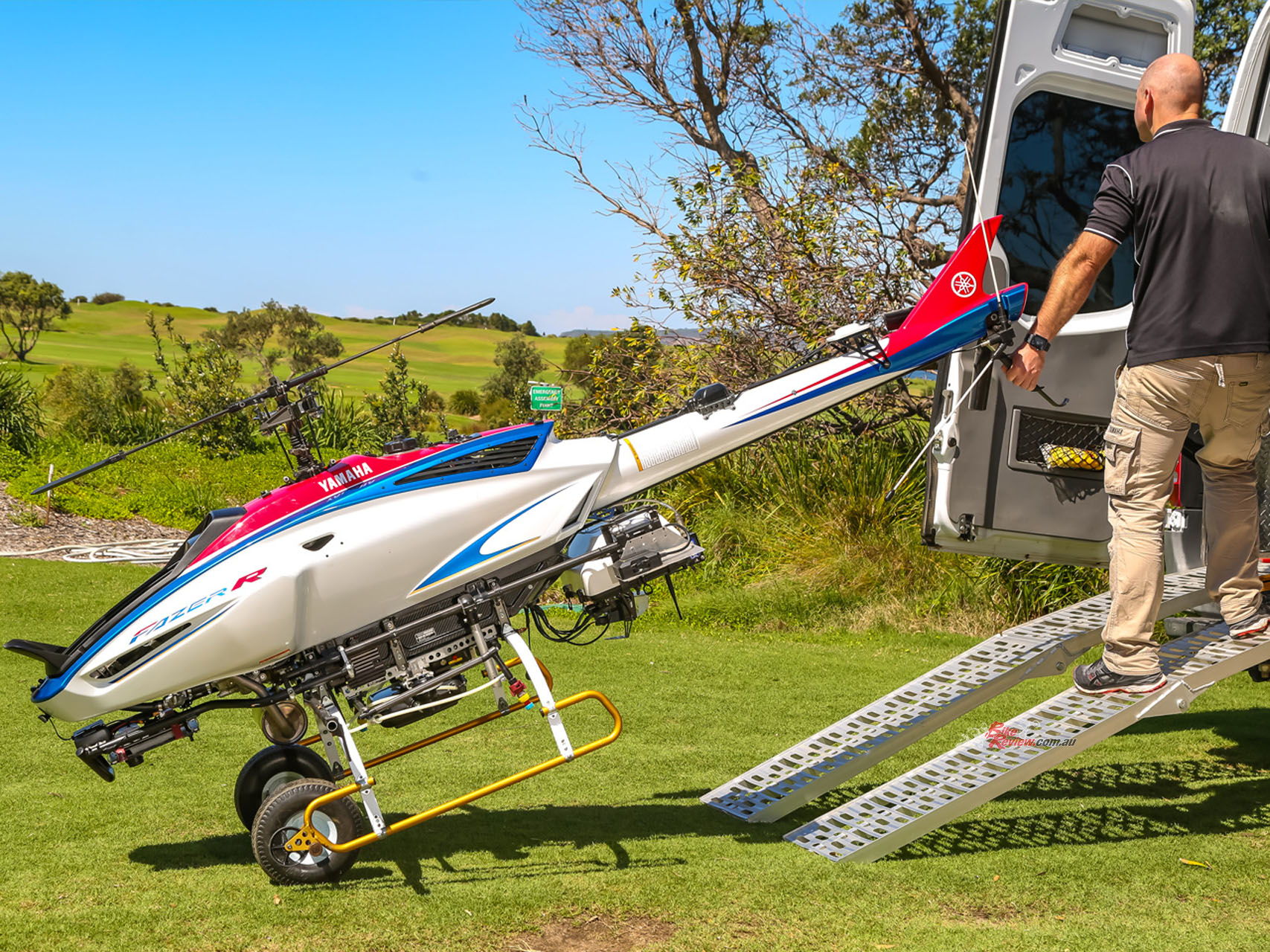
Yamaha Australia is helping the biosphere with their unmanned helicopters! How awesome are these little machines?
“Each region has their own methods for exterminating invasive ants and each one is carrying them out. However, manual spraying simply cannot keep up with the pace of breeding, and spraying via manned helicopters from higher altitudes comes with the risk of chemical drift into rivers, over houses, and so on.” Given these factors, unmanned helicopters, which fly at lower altitudes and boast a payload capacity and continuous flight time far above that of electric drones, are entering the spotlight.
“We’re really pleased that our technology is helping protect the environment in Australia,” states Mori. “And the other day, I even helped give a lesson at a school on Norfolk Island on the efforts underway to protect the island’s natural ecosystem.” For Yamaha’s unmanned helicopters, the range of applications is sure to grow in the future.
Editor’s Note: If you are reading this article on any website other than BikeReview.com.au, please report it to BikeReview via our contact page, as it has been stolen or re-published without authority.


